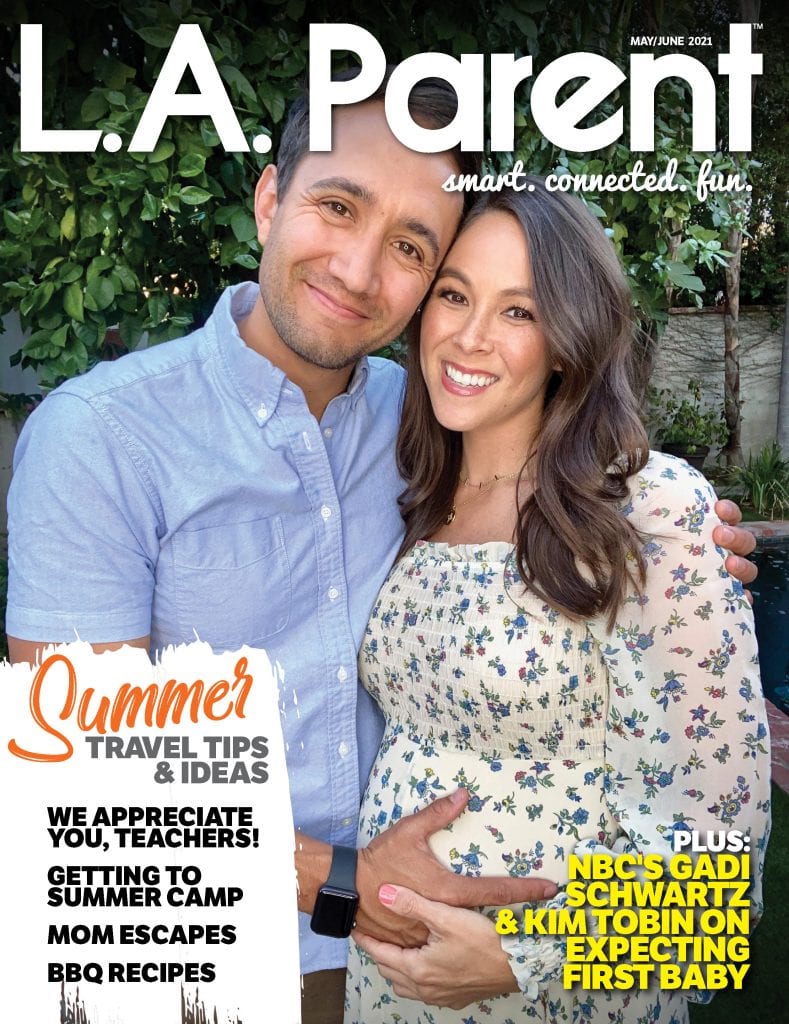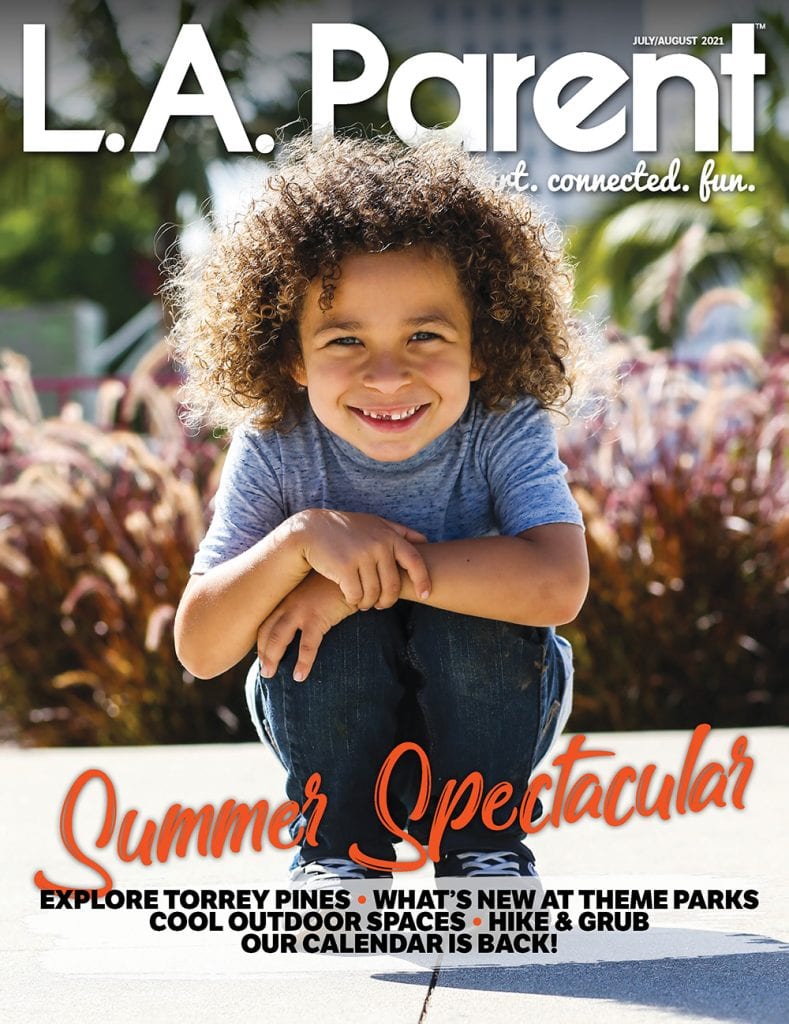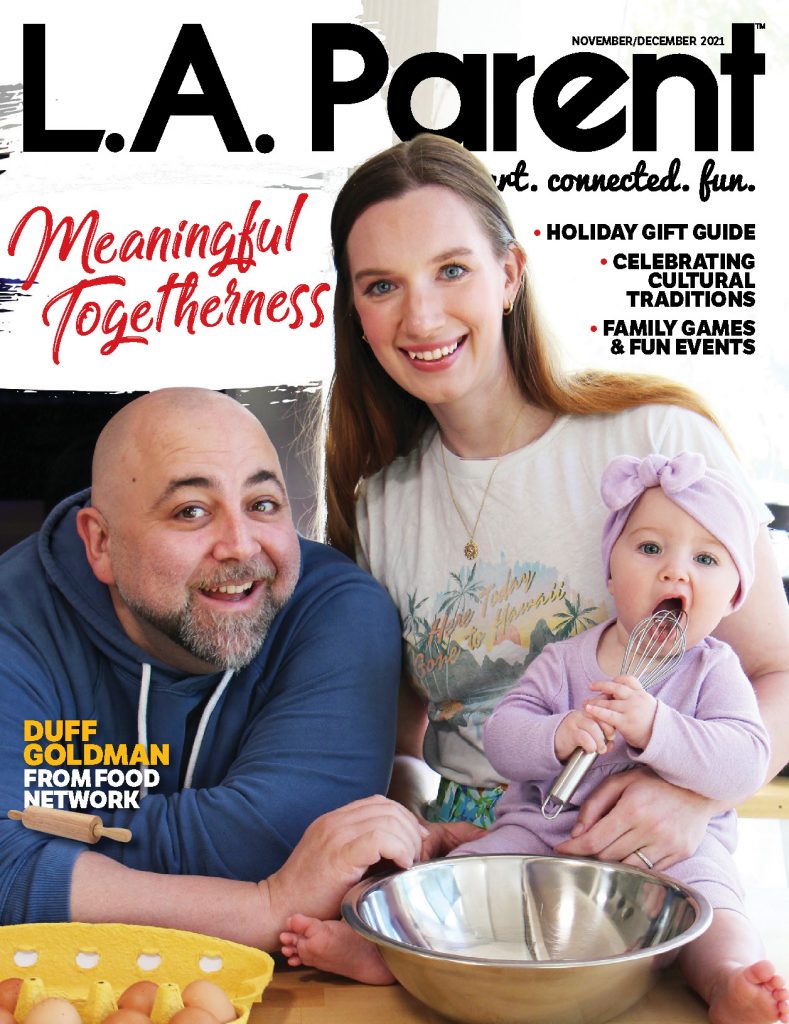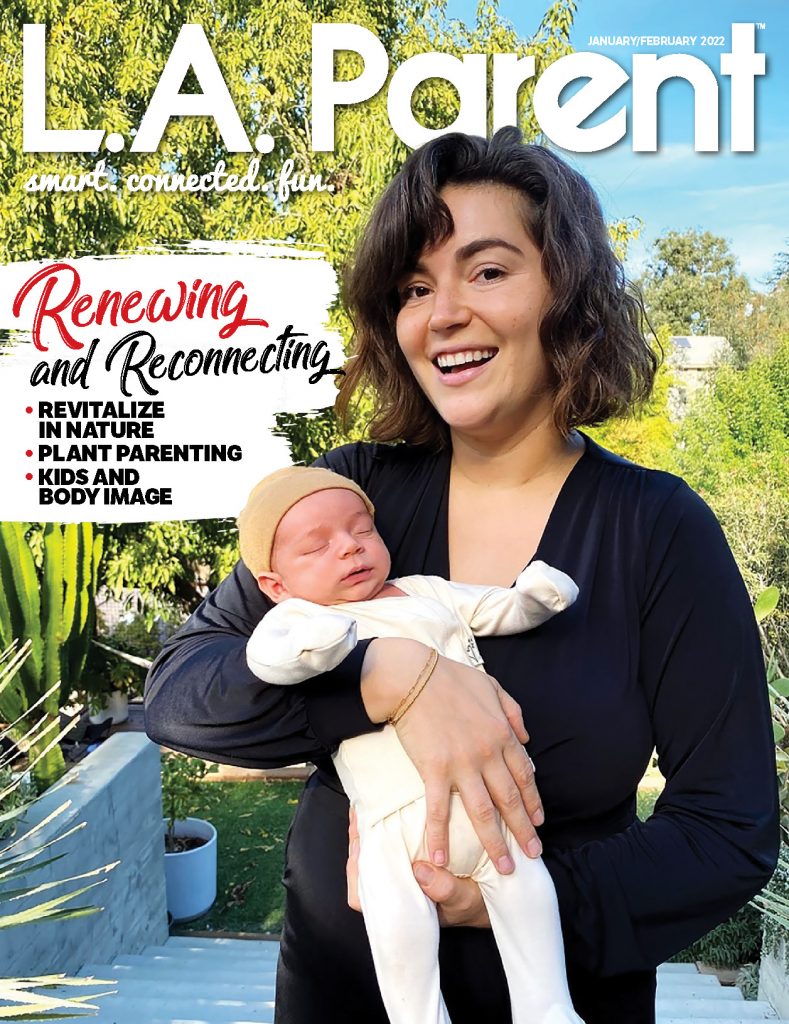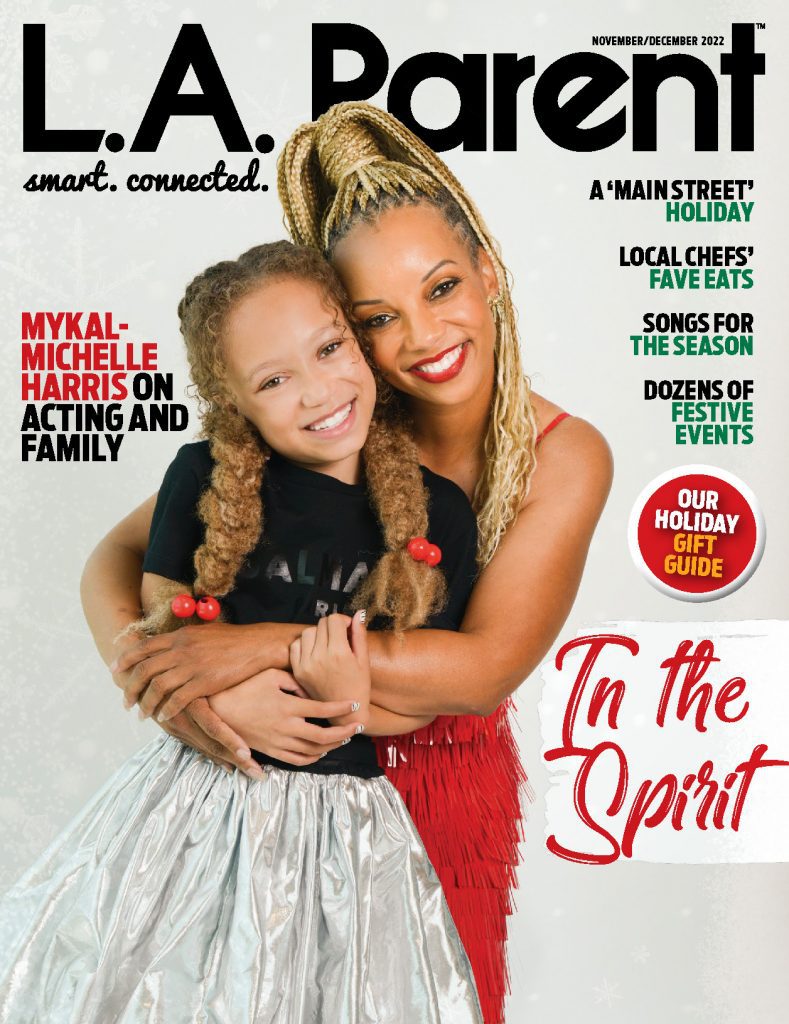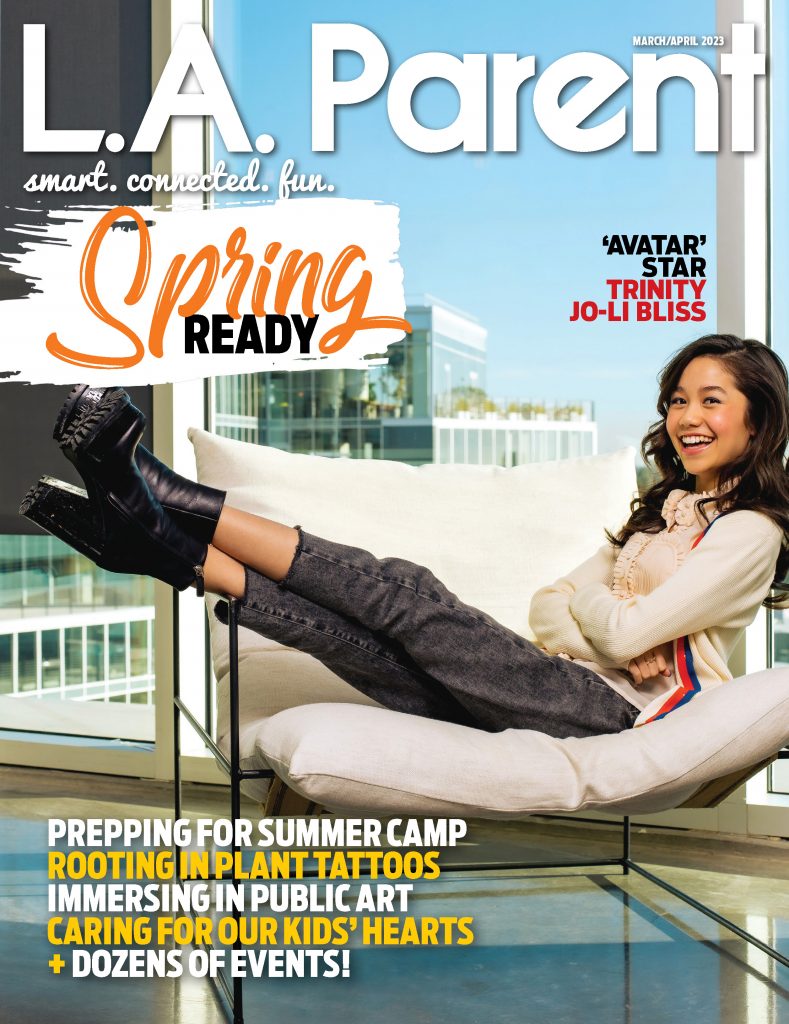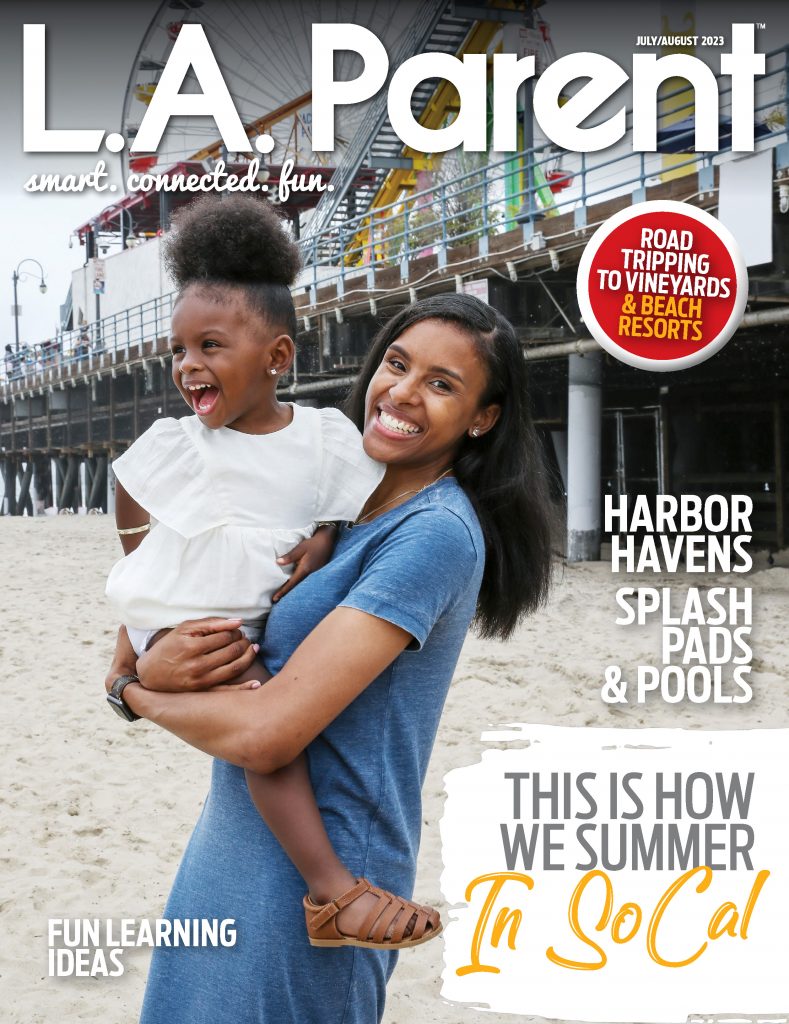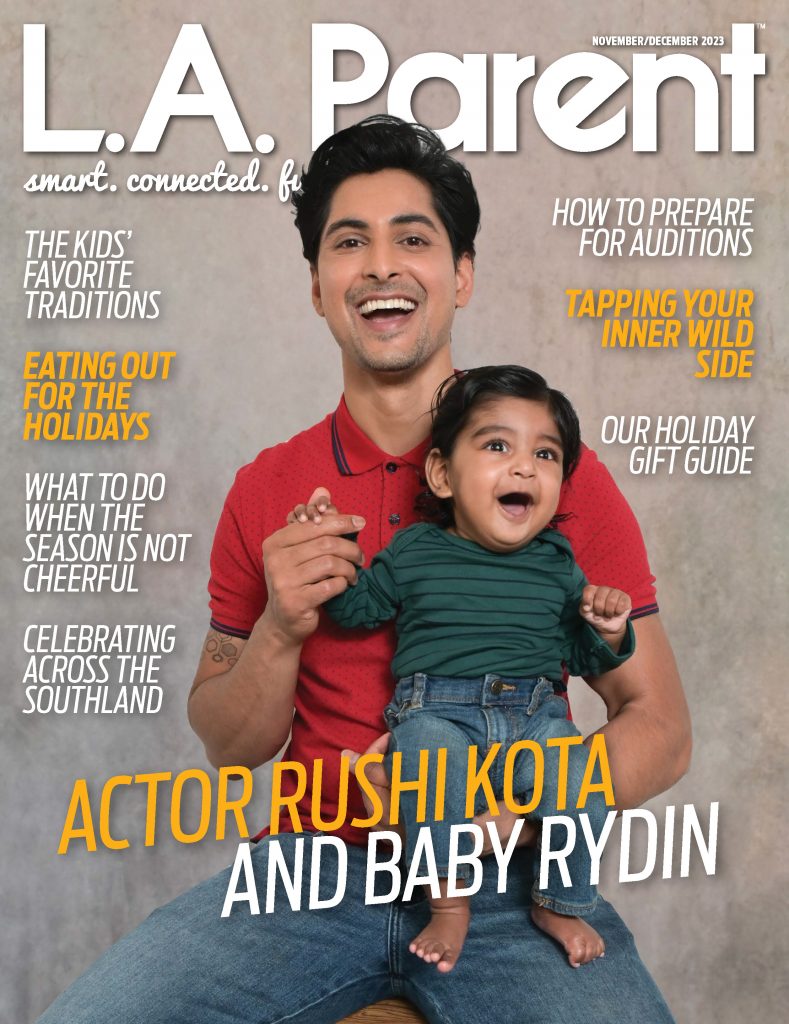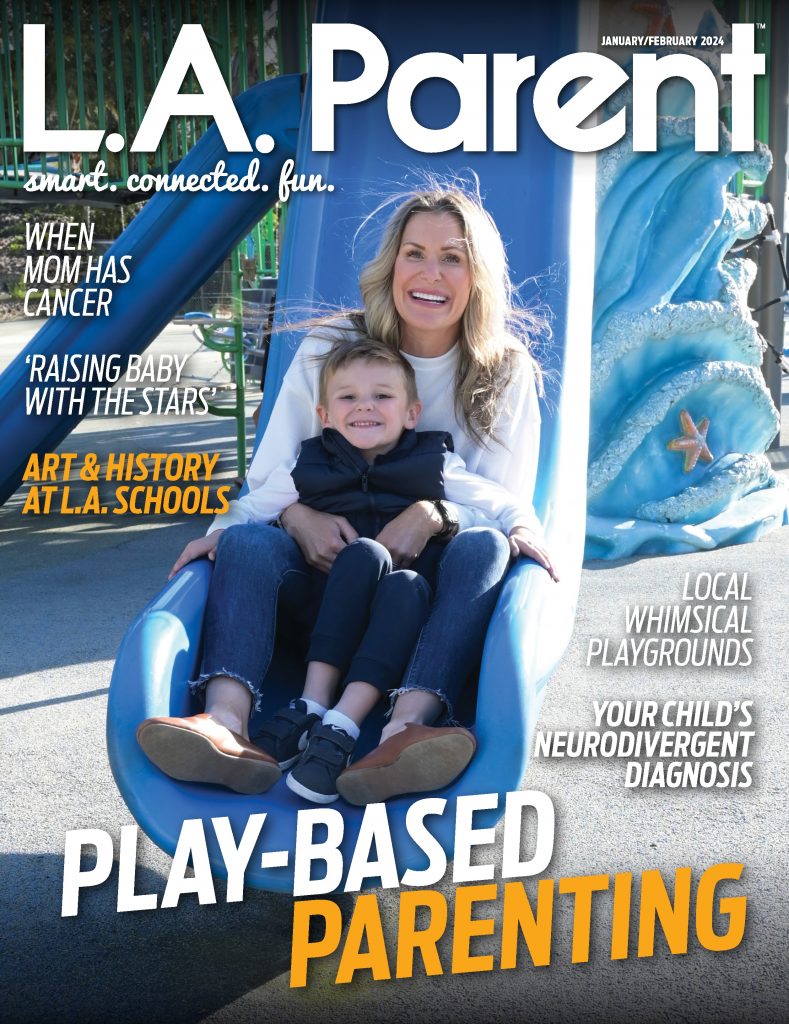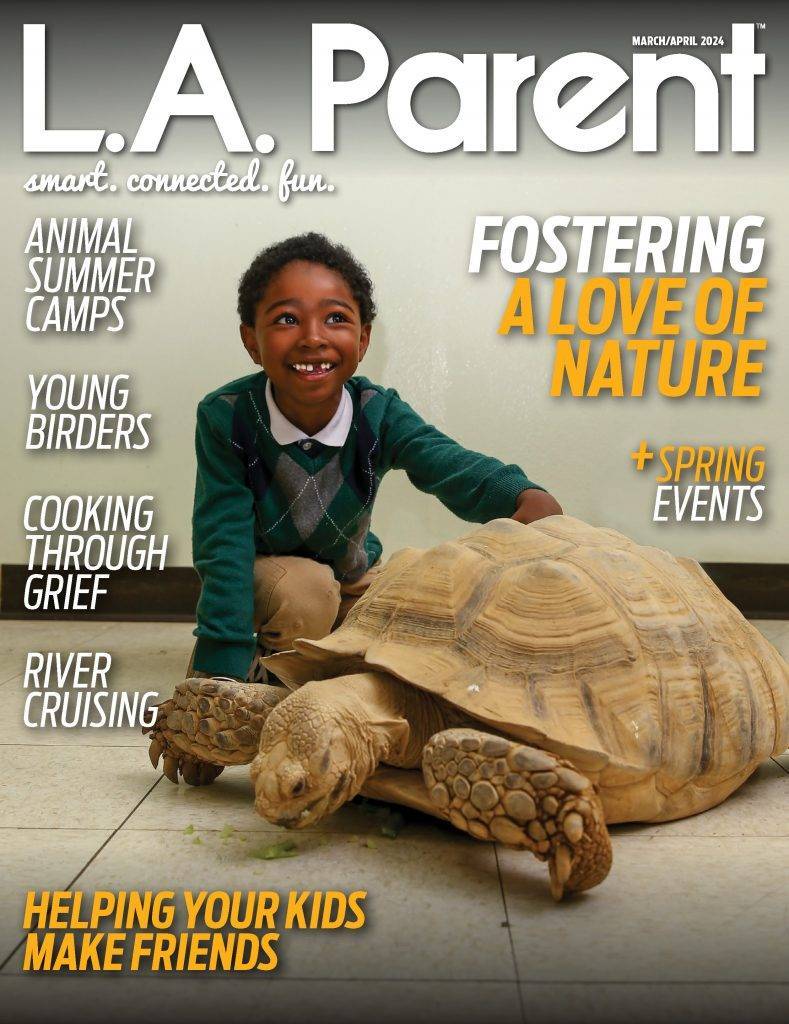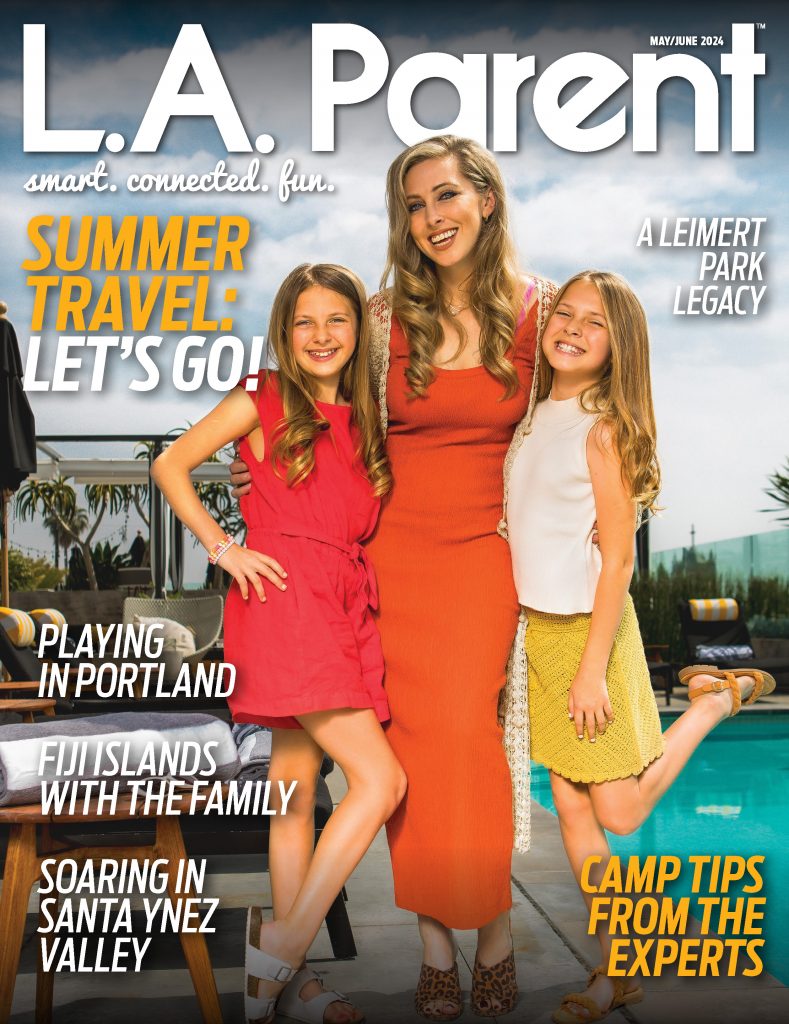
Practical hacks to simplify mornings, manage chaos, and create routines that help kids and parents thrive all year long.
Are back-to-school routines harder on kids or parents? It’s hard to say. What I can speak to is how my neurodivergent mom brain has developed survival methods to ease not only new school-year routines, but the year-round chaos families often face.
Like many women of my generation with ADHD, I received a later-in-life diagnosis. I was 20 and had no idea how differently my brain operated than others without the disorder. Now as a mom of three daughters ages 2, 4 and 7, it’s a constant struggle with nonstop distractions.
For anyone unfamiliar with an ADHD brain, here’s an example: I was “trying” to do yoga in my family room when I noticed toys to put away, a child’s milk cup left out and the ding of the dishwasher. Not to mention my racing mind about spelling tests, writing deadlines, kids’ activities and meal prep. Each item felt like a string pulling me away from the task at hand: yoga. I had to actively will myself to stay present. It’s a constant push/pull for every task I do.
What Is ADHD?
According to the National Institute of Mental Health, ADHD is a developmental disorder marked by an ongoing pattern of one or more of these symptoms:
- Inattention (difficulty staying on task or organized)
- Hyperactivity (restlessness or excessive talking)
- Impulsivity (interrupting or trouble waiting one’s turn)
ADHD in Parents and Children
For guidance to share with other parents, as well as our family, I turned to my childhood pediatrician and ADHD expert, Dr. Andre B. Gvozden, MD. He has studied and treated ADHD for 40 years — as he has it himself and has a strong personal and scientific drive to understand it.
Dr. Gvozden explains that “The Diagnostic and Statistical Manual of Mental Disorders, Fifth Edition” outlines three types of ADHD: inattentive, hyperactive/impulsive or combined. “There are many behaviors associated with ADHD, but the main core symptom of ADHD is inattention,” he says. “Impulsivity comes next, but that is variable.”
The added challenge of parents with ADHD is that children are 80% more likely to have ADHD when a parent has it. The reverse is also true. “If a child has ADHD there’s a strong probability that at least one parent has ADHD,” he said. “A review study of 38 different studies found a 74% chance of finding a family genetic link.”
The odds increase for children if both parents have ADHD. Thankfully, it’s uncommon for that to happen. “ADHD adults tend to be attracted to organized mates, almost as a compensatory survival mechanism,” Dr. Gvozden says.
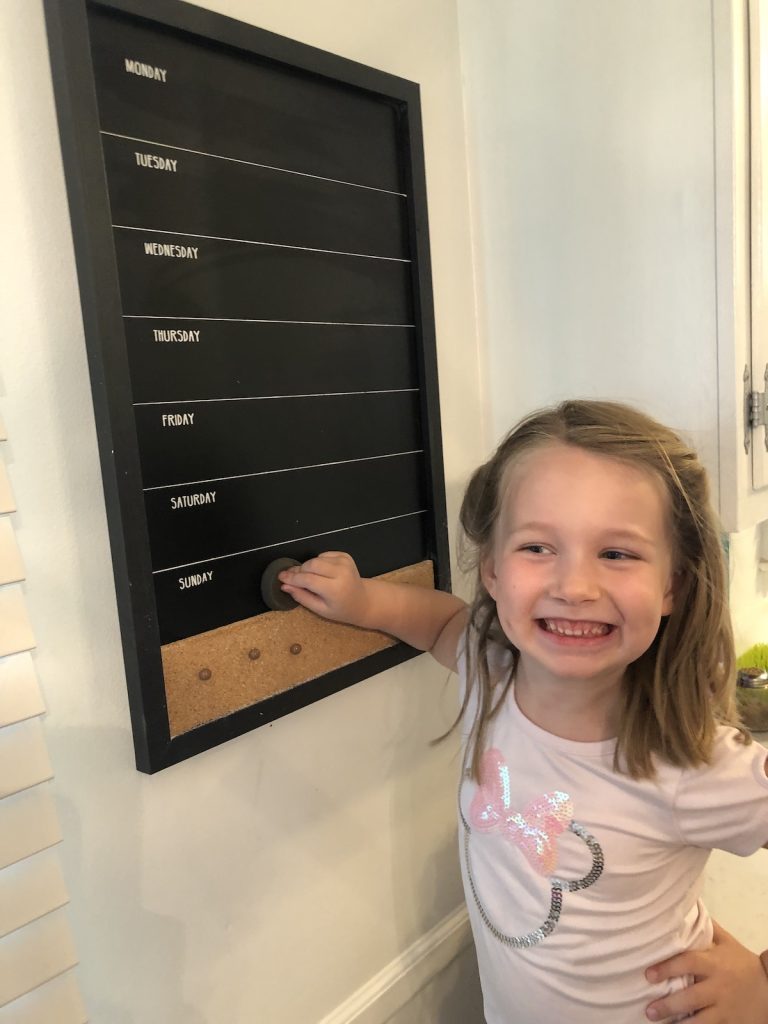
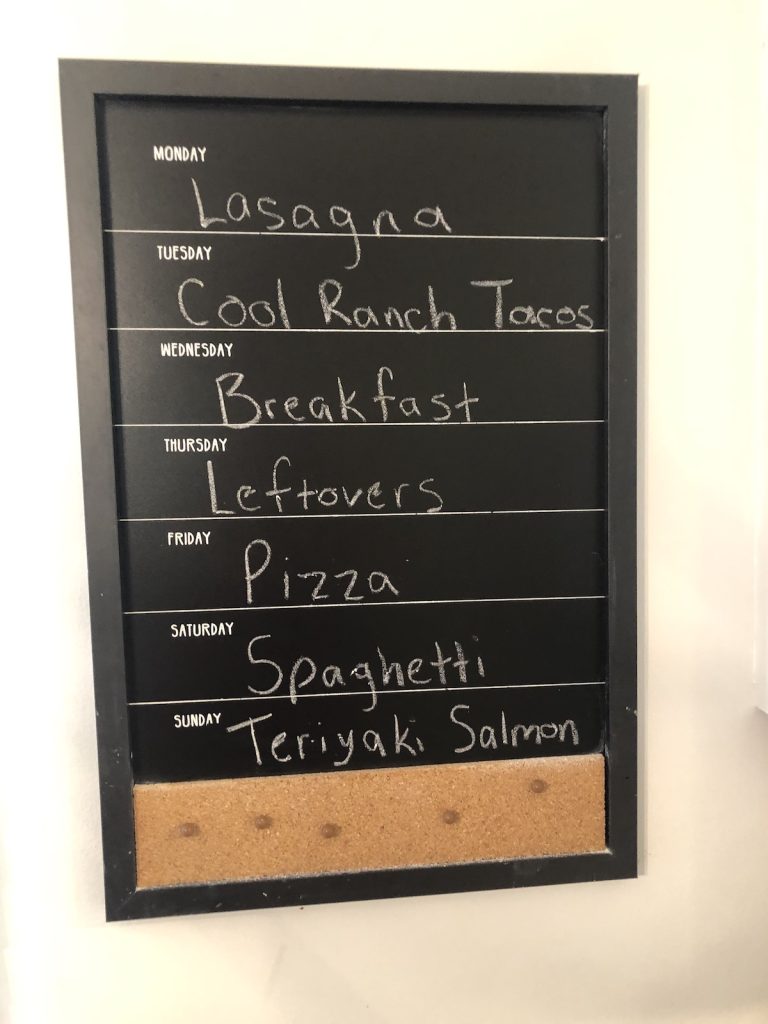
Lifehacks for Parents
Originally, I thought of my ADHD as a curse. Now it’s an advantage. Parenthood is nonlinear —like getting a toddler to put on shoes or a preschooler to use the potty before school. ADHD brains are used to chaos. Here’s how I cope — ADHD or not, any family can benefit from this.
Establish Routines: We all benefit from routines, kids most of all. The predicable structure can especially help individuals with ADHD and contribute to increased focus and limit anxiety. Institute daily routines for the whole family, including weekends. Offer kids choices (e.g., “Want to shower before or after dinner?”) to give them a sense of control.
Dr. Gvozden emphasizes that people with ADHD should pause before leaving the house to make sure they have everything. This habit helps limit forgotten items — for everyone.
Share Calendars: Executive function is often impaired with ADHD, making planning, organizing and prioritizing tough. Many of us, including me, have poor memory. I add key details in event notes (“wear blue shirt” or “bring recyclables”). My husband and I share a Google Calendar that we can easily view from our phone or computer. We review it daily and weekly.
Use a Notes App: iPhone’s Notes App is my best friend. I keep a running to-do list, grocery list or any event planning, like kids’ birthday parties. The best part is I can easily delete/add items or move things up as priorities shift. Evernote is another quality note-taking app.
Lay Out Outfits (and Other Helpful Items): Not to be all Steve Jobs, but I prefer a mom uniform that’s all about function. I’m talking dresses with built-in shorts (otherwise I’d never know where my phone is) or rompers for my girls. Mom brains work on overdrive and ADHD mom brains are even more tired. The night before, I not only lay out my outfit, but my kids’ outfits. Pro Tip: Check the weather the night before.
I also put out my travel coffee mug, sugar, cereal boxes, water bottles, backpacks, shoes, you name it. My extended family is still in shock that we get three young kids out the door on time for 8 a.m. church that’s 20 minutes away.
Simple Recipes: If I wrote a cookbook, the title would be, “A Lazy Mom’s Cookbook.” I often rely on five-ingredient (or less) recipes usually from Pinterest because I struggle to remember everything for simple recipes. It once took me three trips to the grocery store to make a Spinach and Artichoke dip. I was missing the two ingredients in the recipe’s name. You get it.
To help me stay on track, I prep ahead when I can: crockpot recipes, egg salad, burritos, casseroles and leftovers get us through the week. It’s especially helpful on nights with after-school activities. Breakfast for dinner is a fun staple. I count on at least one frozen pizza or lasagna each week, paired with kid-friendly veggies or fruit. I’ll also make overnight oats for my husband and me, so our breakfasts are ready to go. Meal Planning Hack: Buy a bulletin board or chalkboard for in-your-face reminders to go grocery shopping, thaw meat or prep food.
Embrace the One-Minute Rule: The one-minute rule is having its moment. If a task takes one minute or less, do it now — trash junk mail, sort school papers or move laundry. Create a bin or folder for each child’s in-progress work. Have a dedicated place for bills, forms to fill out or other adulting tasks that can be quickly handled.
Dividing Tasks: After dinner, my oldest clears the table and my husband bathes all three kids, while I attempt to clean up the kitchen. An established set of roles — like who takes out the trash — can streamline chores for any household. Make sure to get the kids involved. Chore charts make it more fun and visual!
“Most ADHD kids require the usual parenting skills with the added understanding that they need extra help to be successful,” Dr. Gvozden said. “Simple habits like making sure that when a parent makes a request, for example to help with a chore, the child is making eye contact and even repeats the request. Older kids respond well to check lists.”
Ask for Help: Carpooling or asking neighbors for help when you’re double-booked is a game-changer. Other parents can relate to the madness and are more than willing to lend a hand.
Prioritize, Prioritize, Prioritize: Constant distractions — self-inflicted or from kids — mean you won’t finish your entire to-do list. What must get done today? I pick three things: one professional, one fitness and one domestic. Sometimes I roll one task to the next day, but a narrowed list makes me more productive. My advice: Knock out dreaded family tasks like homework early. ADHD kids often struggle with emotional regulation, and these tasks only get harder as they tire.
Lead With Strengths: Moms face endless volunteer asks — choose wisely. I’d be a terrible Room Mom, but I’m a great coach because of the constant movement and time outside. The beauty of ADHD is our ability to hyperfocus when interested. That’s how we lose track of time so easily. Follow your passions — you’ll do amazing things. Just remember to set an alarm for school pickups!
Educate Yourself — and Your Family:
Dr. Gvozden reminds us ADHD is a neurobiological brain difference, not a disease or character flaw.
“Be kind and forgiving of yourself,” he encourages. “Educate yourself and your family. Embrace rather than evade the diagnosis. That helps deal with the frustrations and adversities created by ADHD.”
CHADD.org is a great site for parenting strategies to adapt to individual children and families.
Lauren Burke Meyer is an award-winning writer whose work has appeared in Buzzfeed, The Capital and edCircuit, and other places. She’s the author of children’s book “Charlie STEPs UP to LACROSSE” and founder of humorous Lauren’s Law blog. Subscribe or connect with her on Instagram.



